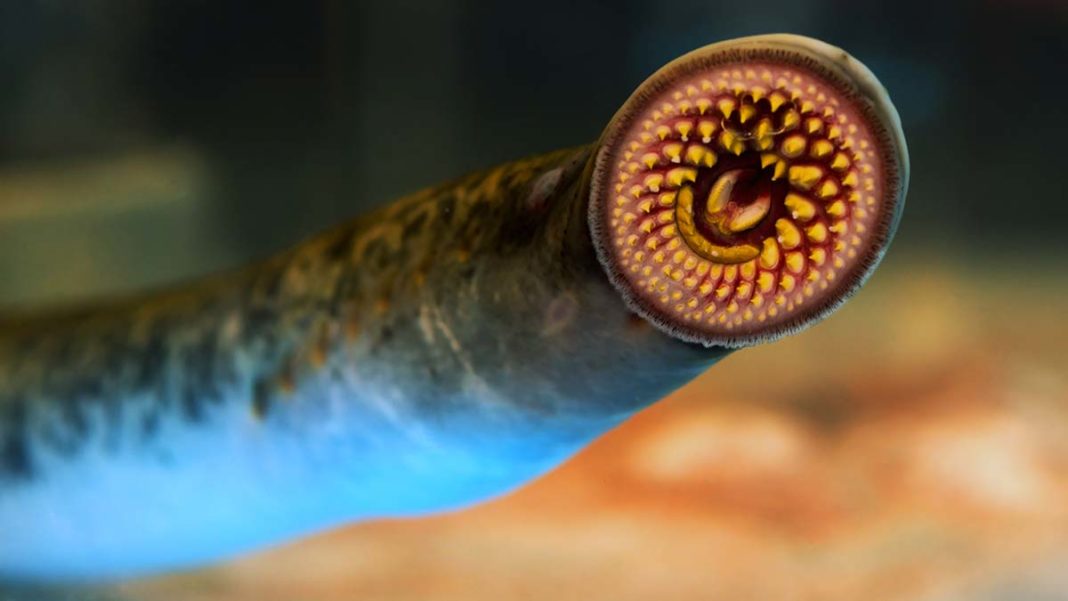MICHIGAN—A representative of the Great Lakes Fishery Commission is cautiously optimistic that sea lamprey populations will be held in check in the next couple of years in the Great Lakes, even though control measures had to be curtailed recently due to the pandemic.
“I would express cautious optimism,” said Marc Gaden, communications director of the GLFC. “Leading up to 2020 and for the previous decade, authorities on both side of the border (Canada-US) had been very aggressive in sea lamprey control programs. The result of this was the smallest number of sea lamprey in Lakes Michigan and Lake Huron for the past 20-30 years. We had been very aggressive in driving the population numbers down.”
“So, going into the 2020 season, we were well positioned to keep sea lamprey numbers under control,” said Mr. Gaden. “For a decade we had been very aggressive in keeping the numbers down. At that point we had been very well positioned, which is the reason for my very cautious optimism.”
Mr. Gaden explained that due to the COVID-19 pandemic, “2020 was a bad field year. No one in either the US or Canada could do much at all in controlling the sea lamprey populations. Only a fraction of the streams that are normally visited were seen during that season. 2021 turned out to be much better, as about two-third of the planned lampricide treatments (to control sea lamprey populations) were carried out. And, in 2022, we will all be able to have a full season on sea lamprey population controls, with this work having already begun.”
“What we are seeing now are the sea lamprey survivors from the 2020 season because for two years not much work, if any, was being done on lakes, and on returning spawn in the spring,” said Mr. Gaden.
Mr. Gaden said that with a full season of lampricide treatment to take place on lakes and water tributaries in areas around the Great Lakes, “we will know the effects in the fall, and in a year from now we will know and have an even better indication of where we stand.”
“In the fall we will crunch the numbers,” said Mr. Gaden. He pointed out sea lamprey are very opportunistic and will no doubt have taken some advantage of normal control issues not having taking place the past couple of years.
“But all participating agencies will be fully back in the field in 2022, and I feel we can contain the spike from the 2020 and 2021 seasons. Cautious optimism is the word here,” said Mr. Gaden.



